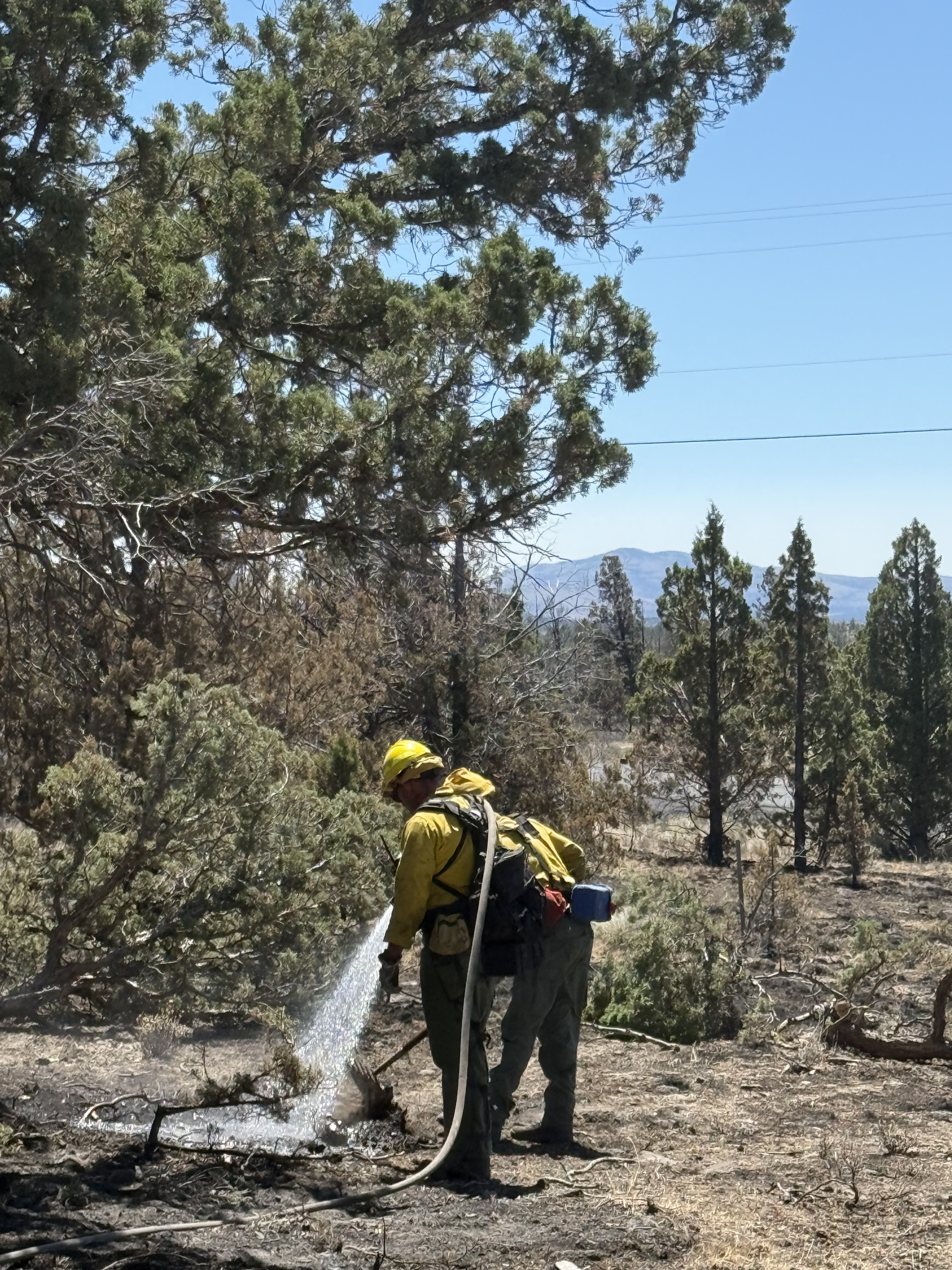Shearing alpacas takes an expert
Published 5:00 am Friday, April 23, 2010
PORTLAND — The strangest one, Robert Morrison says, was the woman who insisted on lying next to her alpacas while they were being sheared. The cuddling calmed them, she insisted. You’re in the way and might get cut, he thought to himself.
But he let it pass. After all, this was a woman who wore extravagantly long false eyelashes in what Morrison figured was an attempt to mimic the dewy-eyed look of her livestock. Best to bite his tongue and get on with the job.
Trending
“Understanding an animal is half the battle,” Morrison says in a clipped New Zealand accent, laugh lines crinkling at his eyes. “The next half is getting along with the animal owner.”
In a niche economy, Morrison, 61, occupies one of the narrowest slots. The United States has an estimated 200,000 alpacas — long-necked members of the camel family like llamas, but smaller and meeker — and they need to be sheared once a year. Morrison estimates there are 15 to 20 itinerant shearers like himself, who travel a circuit from farm to farm.
A good many are from New Zealand or Australia, where extensive sheep ranching resulted in a corps of experienced shearers who’ve found seasonal work in North America.
Morrison has sheep shearing in his background and took up an alpaca route after the building supply store where he worked folded during the recession.
For 2 1/2 months each spring, it’s a life of motel beds, restaurant meals, and $10,000 worth of Swiss-made shears and blades to lug around. It’s a life that will see him drive his diesel Ford F-250 from Oregon to Oklahoma City, West Texas, into Arkansas, through Arizona and back home by early June to Colorado, where he’s taken up residence and recently became a U.S. citizen.
‘A nomadic life’
Trending
“It is a nomadic life that I like,” Morrison says. “I can lay my head anywhere and go to sleep. I’ll be in a motel on the Kansas line somewhere tomorrow.”
But for now he’s on the floor of Greg Mecklem’s immense wooden barn off Helvetia Road in Washington County. Farmhands lead into place the next alpaca, a pregnant female named Stefani. They quickly fasten rope loops to her front and back feet, lower her to a floor mat and take up the slack on the ropes, immobilizing her.
Kyle Rapp, the “head man” — a literal job description because he holds the alpaca’s head during shearing — kneels into position to prevent Stefani from thrashing.
“She’s not very attractive and you’d never enter her in a show,” Mecklem, the ranch owner, says, “but all of her babies are first rate.”
And that’s the element that separates alpaca shearing from mundane livestock care. These are valuable animals; it’s not unusual for breeding stock to sell for $25,000 per animal. Owners register their alpacas’ DNA, and lineage is carefully traced. The animals’ conformation and fiber quality are judged at shows.
The fiber removed during shearing is highly prized for sweaters, hats, jackets and socks. It’s soft and strong, lighter yet warmer than wool, contains no lanolin and is hypoallergenic. Raw fleece sells for $15 to $20 a pound and is snapped up by small spinning mills and home crafters.
Naturally, alpaca owners don’t want a shearer who is rough with their animals, cuts them with the shears or miscuts the valuable fleece.
All of which is in the back of Morrison’s mind as he sets to work. “I don’t want stories told about me when I’ve left,” he says. “You manhandle their animals and you’ll never see that ranch again.”
Shearing takes six to eight minutes per animal. Morrison begins at the rib cage and cuts in strips from rump to neck, over the back and around to the other side of the belly. The first cut, called the “blanket,” contains the most valuable fiber. It’s gathered and kept separate as Morrison cuts the “seconds” — down the legs, up the tail and neck.
Screaming, spitting
The work is a terse ballet. “Turn,” Morrison says, and Meck-lem’s farmhands turn the animal in place so Morrison can complete the blanket cut. “Release,” he says, and they loosen the ropes so he can get at the legs.
It’s a noisy show, with the electric rattle of the shears accompanied by the alpacas’ high-pitched screams. Shearing doesn’t hurt them, and some lie quietly, but many don’t like being restrained. Those animals scream and spit green globs of half-digested cud. Prolific spitters get a cotton sock over their mouths.
“Once they start screaming, there’s nothing makes them happy,” Morrison says. “The same ones will spit every year.”
But it’s a decent living, paying about $25 an animal.
Morrison prides himself on maintaining good relations with ranchers, even if they want to snuggle with the alpacas during the shearing.
“I know a lot of guys who will say the animals are the easiest thing to deal with,” he says. “But I say, ‘You know what, the alpaca doesn’t sign the check.’”








